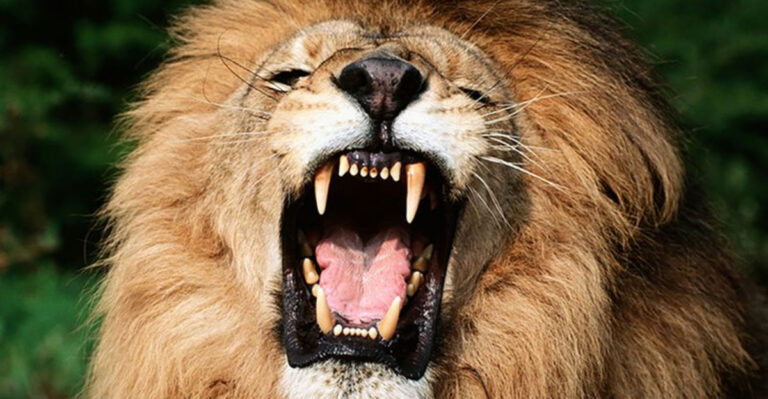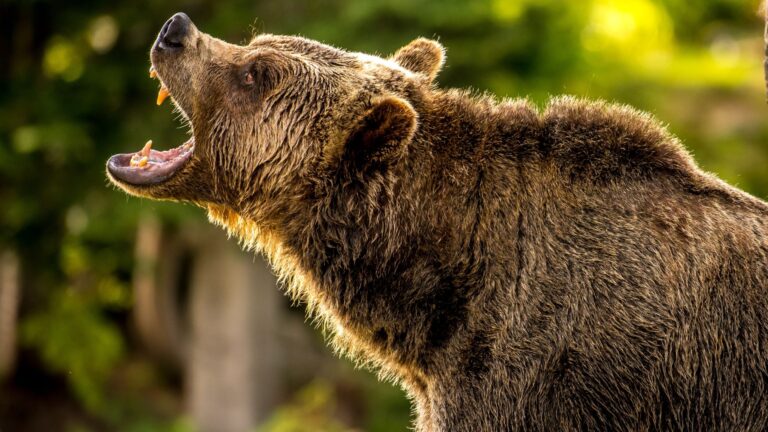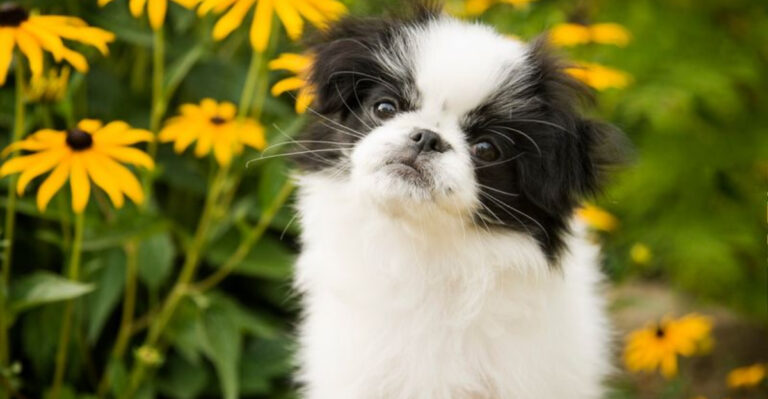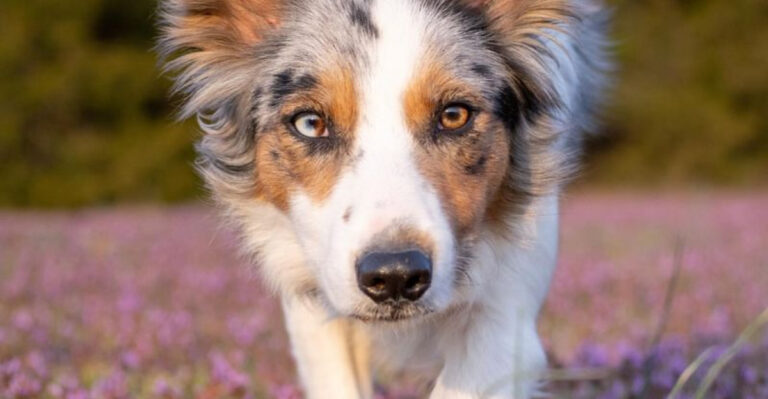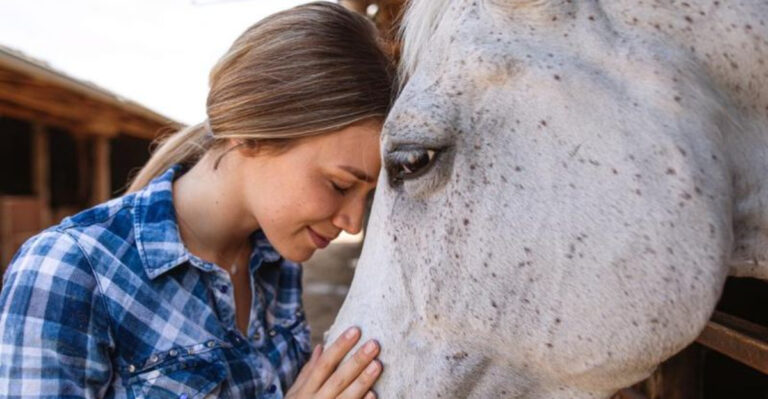15 Dog Breeds That Struggle In Summer Heat
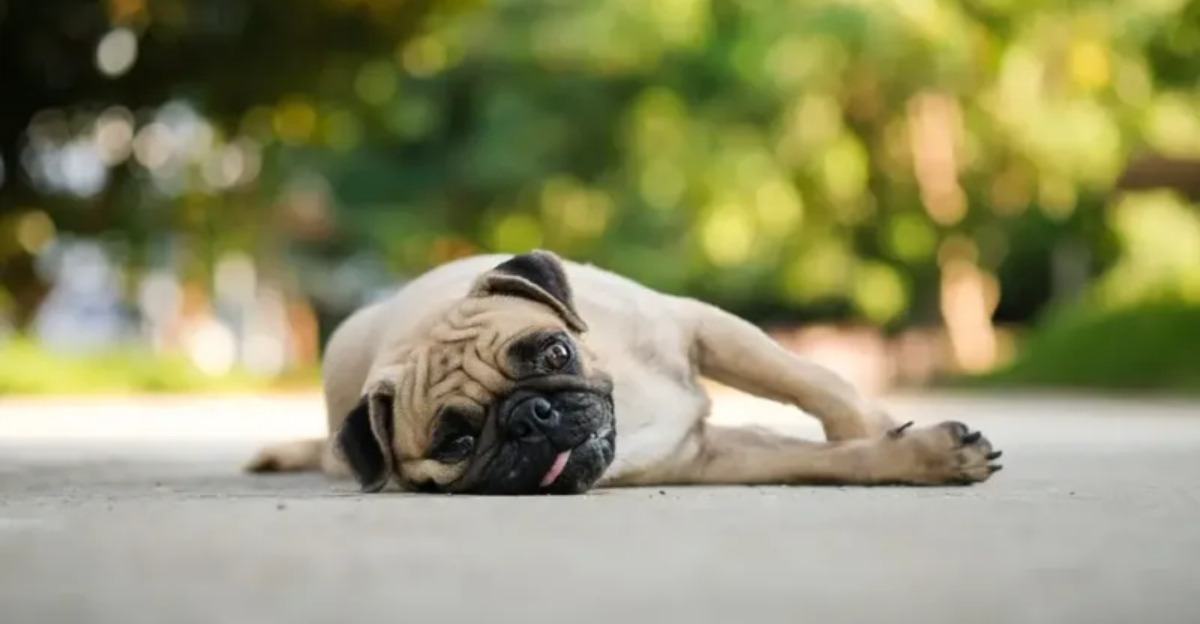
Summer can be a challenging time for many dog breeds, especially those with specific physical characteristics that make them vulnerable to heat.
Thick coats, short snouts, and large body sizes all contribute to how well a dog can regulate its temperature when the mercury rises.
1. Bulldogs Face Breathing Battles

Bulldogs have those adorable smushed faces we all love, but their short snouts make breathing difficult even in cool weather. When summer arrives, they struggle even more to pant effectively.
Their compact bodies also trap heat, making them especially vulnerable to heat stroke. Bulldogs need air conditioning, limited outdoor time, and constant access to water during hot days.
2. Shih Tzus Suffer Under Their Coats

Shih Tzus carry a beautiful double coat that served them well in Tibetan palaces but becomes problematic in modern summer heat. Their long, flowing fur traps body heat close to their skin.
While many owners opt for summer haircuts, this breed still struggles with temperature regulation. Their flat faces compound the problem by limiting their ability to cool down through panting. Cool tile floors become their favorite summer hangout spots.
3. French Bulldogs Need Extra Protection
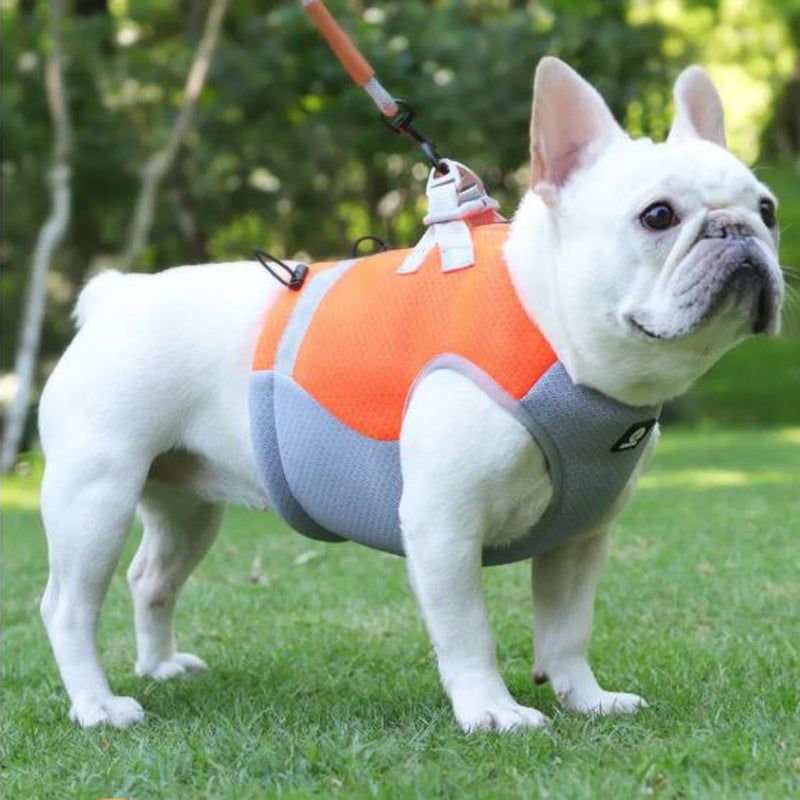
French Bulldogs capture hearts with their bat-like ears and expressive faces. Unfortunately, their compact bodies and shortened airways make summer particularly dangerous for them.
Frenchies can’t swim well due to their body structure, so pools aren’t a safe cooling option. Smart owners invest in cooling vests and limit outdoor activities to early mornings. Their inability to regulate body temperature efficiently means air conditioning isn’t just a luxury—it’s essential.
4. Saint Bernards Melt In Warmth
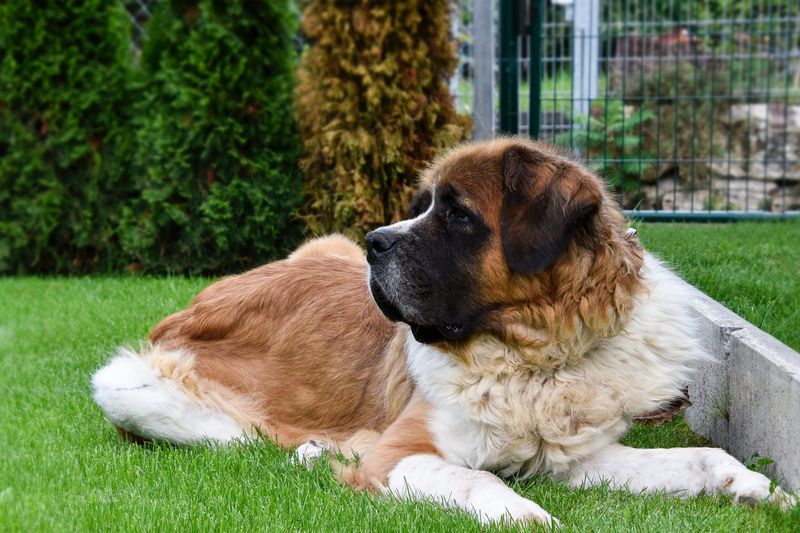
Originally bred for alpine rescue missions, Saint Bernards have thick double coats perfect for snow but disastrous in summer heat. Their massive size adds to the problem, as larger dogs generally produce more body heat.
Saint Bernard owners often create cool zones with kiddie pools and shade structures. These gentle giants need constant access to fresh water and cool surfaces. Summer grooming helps somewhat, but never shave them completely—their coat actually provides some insulation against heat.
5. Chow Chows Can’t Handle Humidity
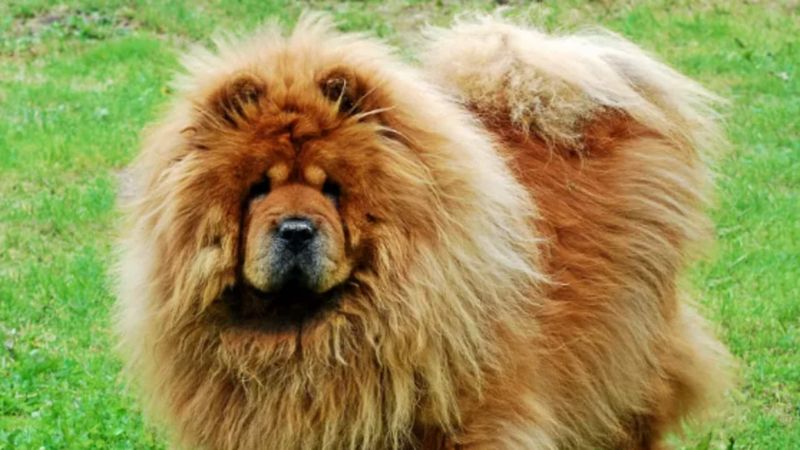
Chow Chows look like walking teddy bears with their thick lion-like manes and dense undercoats. While absolutely stunning, this fur becomes problematic when temperatures rise.
Regular brushing helps remove excess undercoat, but Chows still struggle in humid conditions. Their small nostrils and flat faces further reduce their ability to cool down through panting. Air-conditioned environments are practically mandatory for these fluffy companions during summer months.
6. Boxers Require Constant Monitoring

Energetic and playful, Boxers often don’t know when to stop even as temperatures climb. Their short snouts make breathing less efficient, while their enthusiasm for activity increases their risk of overheating.
Boxer parents must be vigilant about limiting exercise during hot weather. These dogs benefit from cooling bandanas and early morning play sessions. Their short coats might suggest heat tolerance, but their facial structure tells the true story of summer vulnerability.
7. Siberian Huskies Struggle Despite Shedding

Built for the frozen tundra, Siberian Huskies face major challenges when summer arrives. Their thick double coats insulate against cold brilliantly but become problematic in heat, even with seasonal shedding.
Many Husky owners provide kiddie pools and air conditioning. Never shave a Husky—their coat protects against sunburn and actually helps with temperature regulation when properly maintained. Early morning or late evening walks become the norm during hot months.
8. Pugs Overheat Quickly
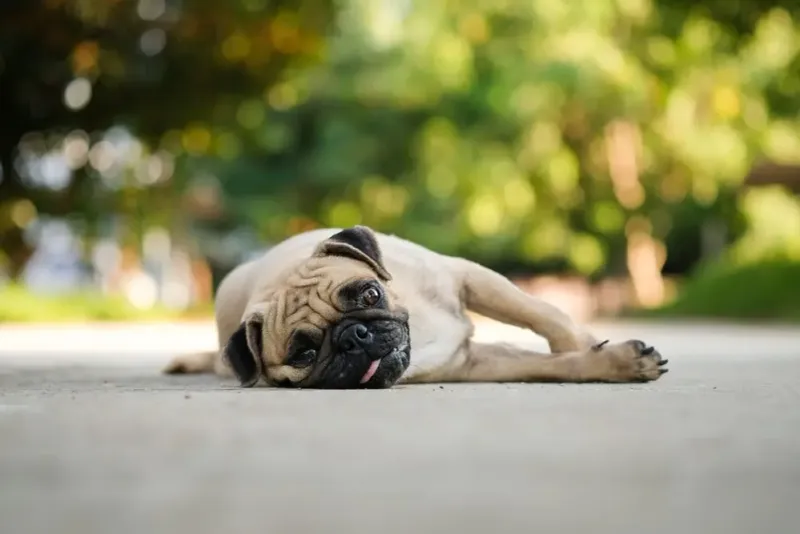
Those charming wrinkles and flat faces make pugs absolutely adorable, but terrible at handling heat. Their brachycephalic (short-nosed) structure restricts airflow, preventing efficient cooling through panting.
Pugs can overheat in temperatures as low as 80°F. Morning or evening walks are best for these little companions, avoiding midday heat altogether. Many pug owners keep cooling mats handy throughout summer.
9. Bernese Mountain Dogs Wilt Quickly
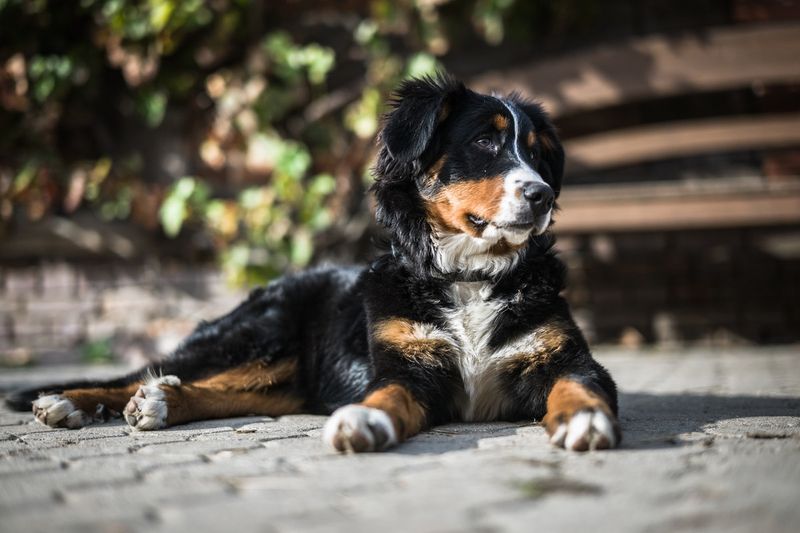
With their gorgeous tri-colored coats and sweet expressions, Bernese Mountain Dogs were developed for cold Swiss mountain regions. Summer heat poses serious risks for these gentle giants.
Their thick black coats absorb sunlight, raising body temperature rapidly. Berners often seek out cool basement floors or air conditioned rooms during hot spells. Responsible owners limit outdoor activities to brief potty breaks during peak summer heat.
10. Pekingese Face Multiple Heat Challenges

Once treasured by Chinese royalty, the Pekingese carries an abundant coat that served as living hand warmers for emperors. Modern summers present serious problems for these small companions.
Their flat faces restrict breathing while their long, thick fur traps heat close to their bodies. Pekingese benefit from raised cooling beds and carefully trimmed (never shaved) summer coats. Their small size means they can overheat rapidly, requiring constant monitoring.
11. Newfoundlands Seek Water Relief
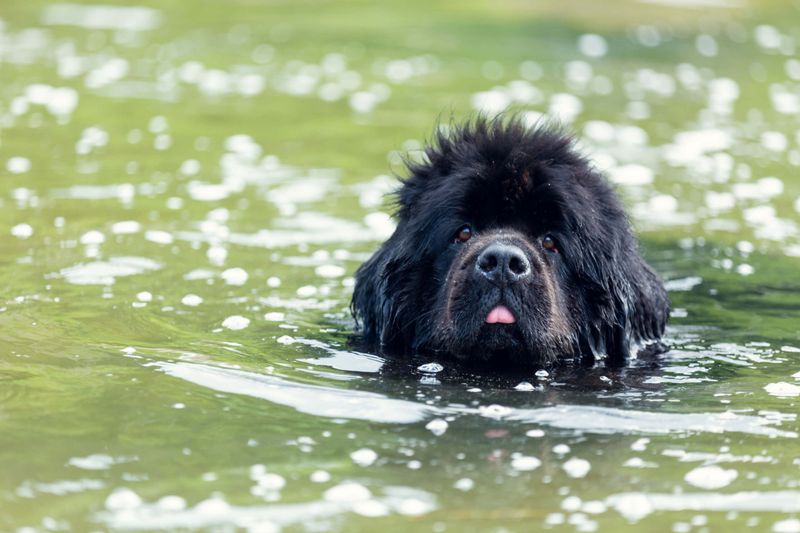
Famous for water rescue abilities, Newfoundlands ironically struggle with summer heat despite their swimming prowess. Their massive size and incredibly thick, water-resistant coats become liabilities when temperatures climb.
Newfie owners often provide kiddie pools or safe swimming opportunities. These gentle giants need constant access to air conditioning and cool surfaces. Their dark coats absorb heat quickly, making early morning or evening the only safe times for summer walks.
12. Boston Terriers Require Summer Schedules
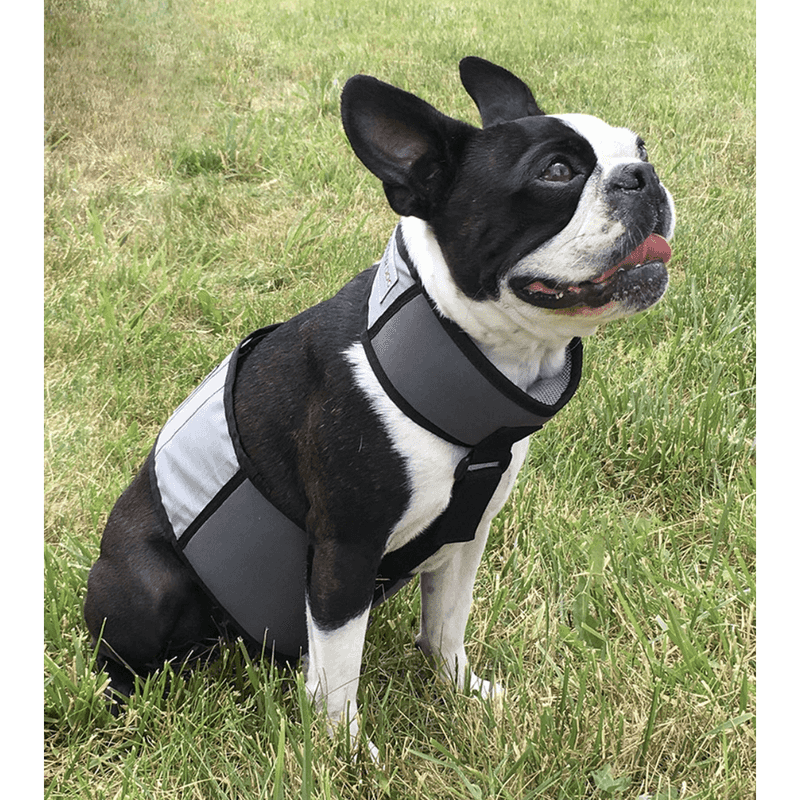
Boston Terriers pack a lot of personality into their compact frames. Unfortunately, their short muzzles and compact bodies make summer heat particularly challenging for these lively companions.
Their inability to cool efficiently through panting means Boston owners must carefully schedule outdoor activities. Early morning walks and evening play sessions become the norm. Many Boston Terriers appreciate cooling vests and indoor games during the hottest parts of summer days.
13. Great Pyrenees Need Special Summer Care
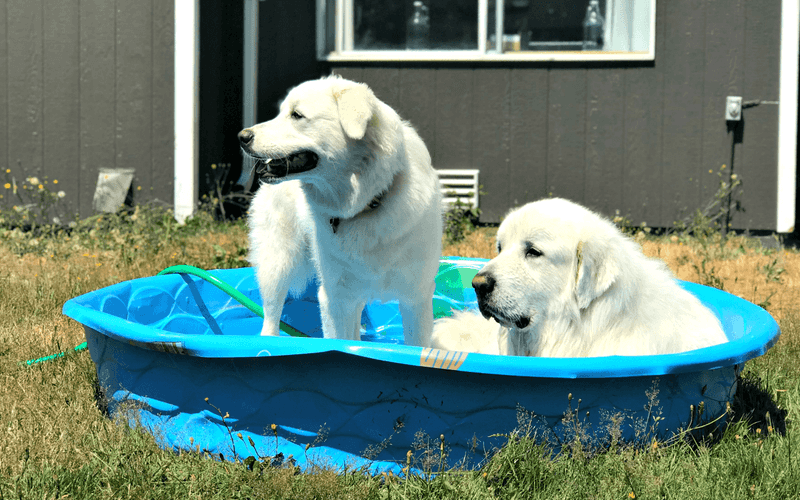
Majestic Great Pyrenees dogs sport magnificent white coats that perfectly suited their original purpose guarding flocks in cool mountain regions. Modern suburban summers present serious challenges for these beautiful giants.
Their thick double coats trap heat despite seasonal shedding. Owners must provide constant access to shade and cool water. Many Pyrenees seek out cool tile or basement floors during summer, instinctively managing their temperature by finding the coolest spots available.
14. Mastiffs Move Slowly For Good Reason

Gentle giants with hearts to match, Mastiffs naturally move at a slower pace—a trait that serves them well in summer heat. Their massive size means they generate significant body heat even at rest.
Mastiff owners learn to recognize subtle signs of overheating, as these stoic dogs rarely complain. Air conditioning becomes essential, not optional. Their short coats offer minimal insulation against heat, making them surprisingly vulnerable despite not having the thick fur of other large breeds.
15. Alaskan Malamutes Melt In Mild Weather
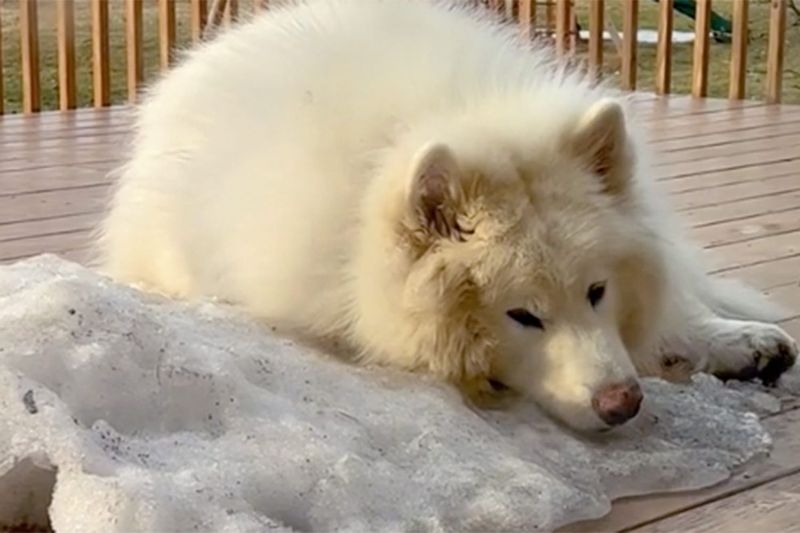
Built for pulling heavy sleds across Arctic terrain, Alaskan Malamutes possess incredibly dense double coats that become problematic once temperatures rise above 70°F. Their thick fur and sturdy bodies store heat efficiently—too efficiently for summer comfort.
Responsible Malamute owners invest in kiddie pools, cooling mats, and powerful air conditioning. Regular brushing helps manage shedding but doesn’t solve the fundamental heat problem. These working dogs need their exercise adjusted seasonally to prevent dangerous overheating.

